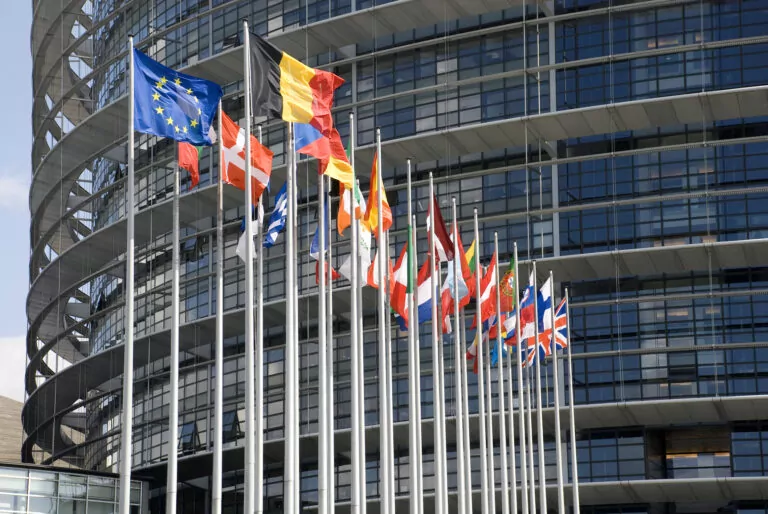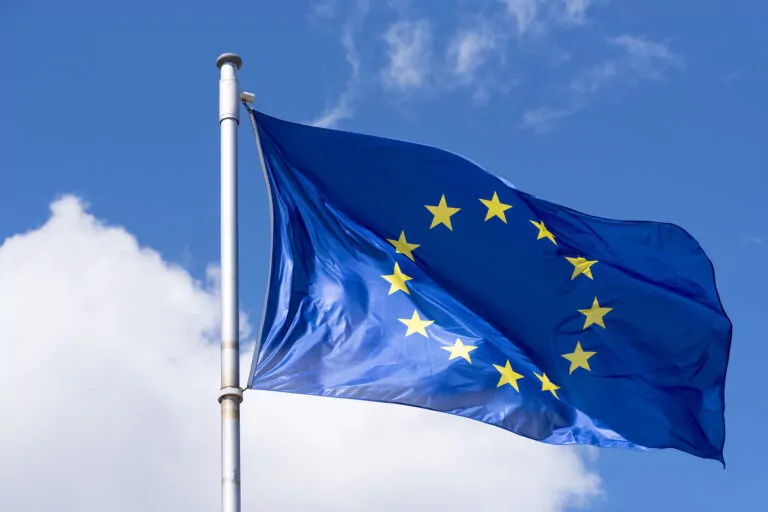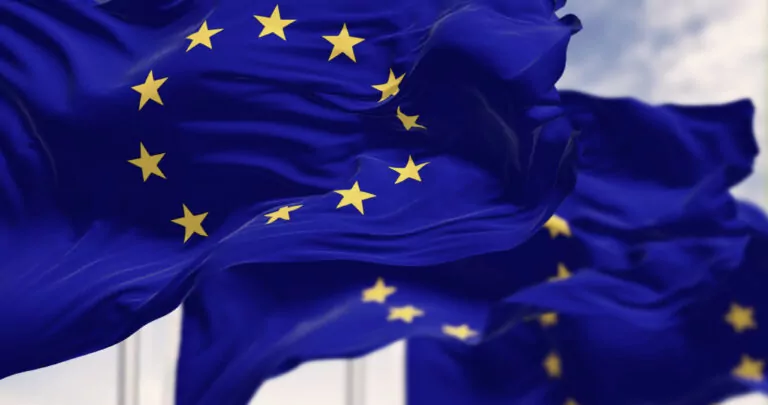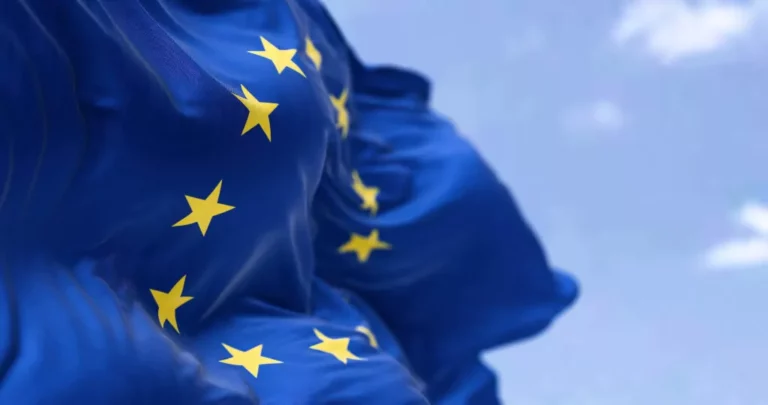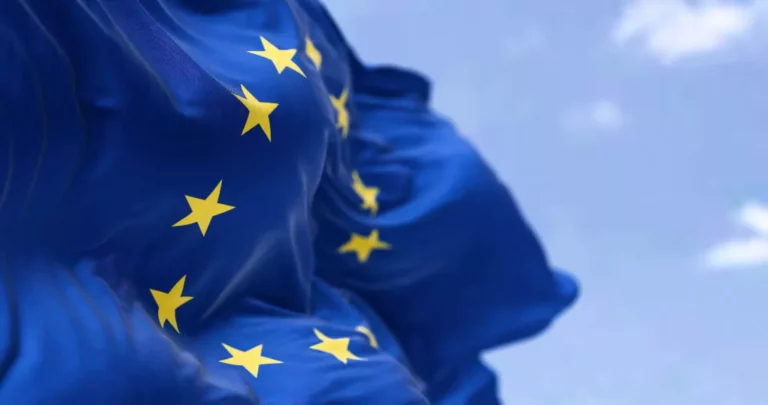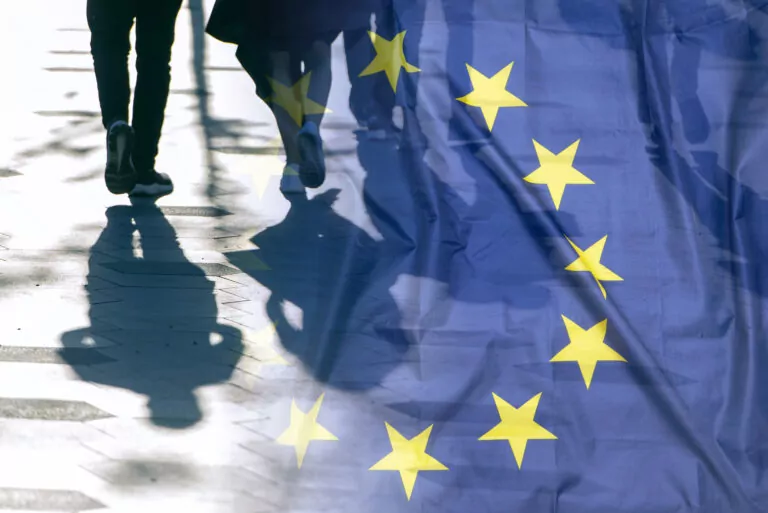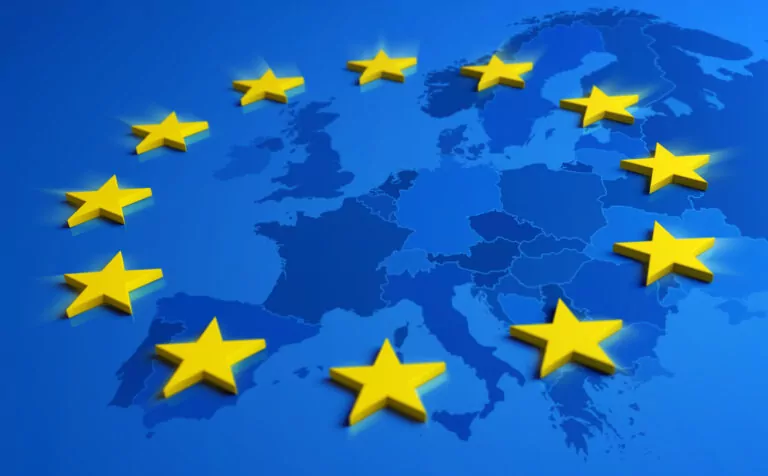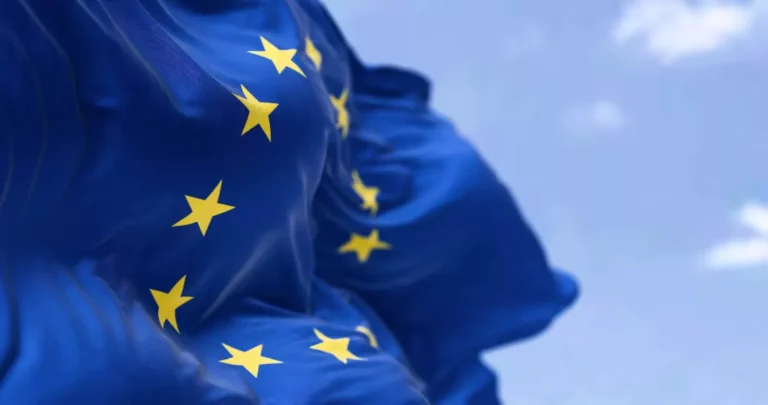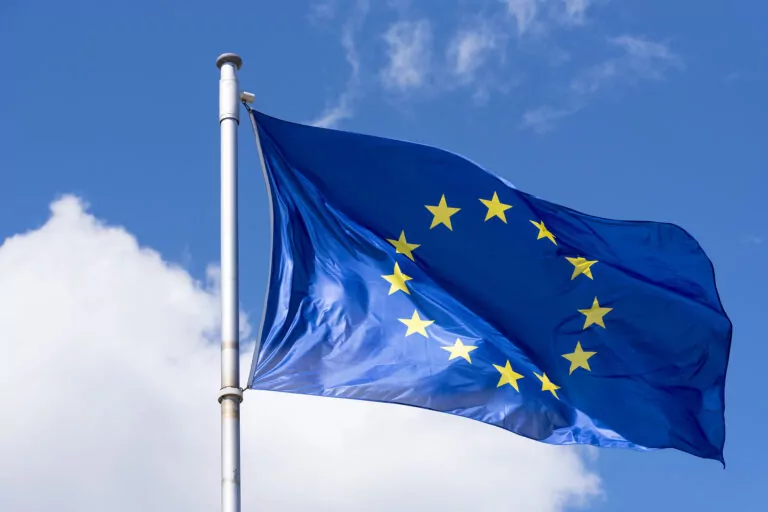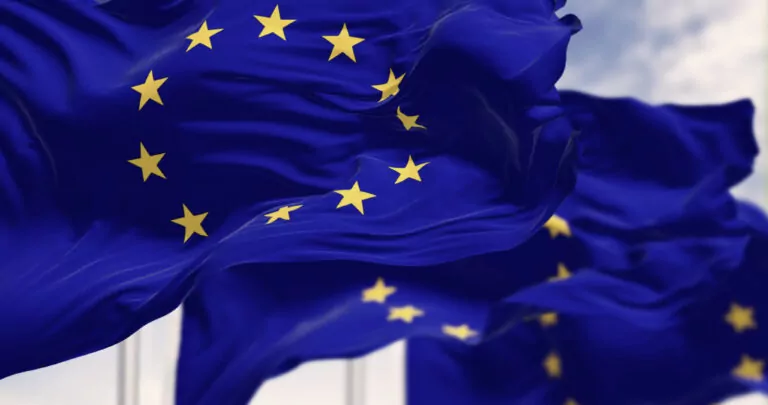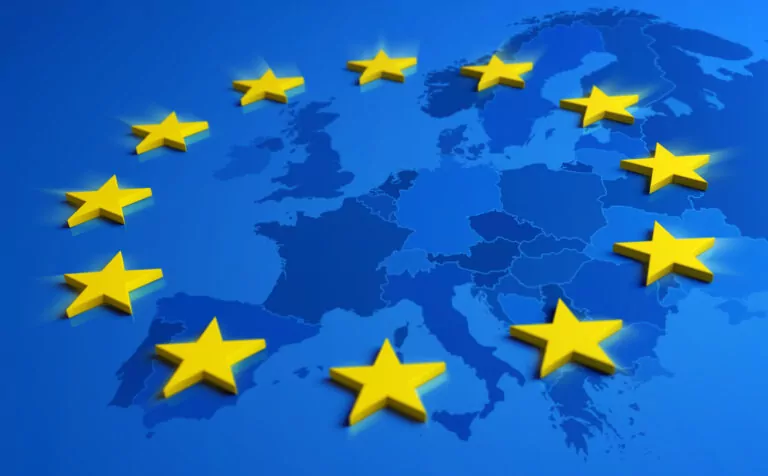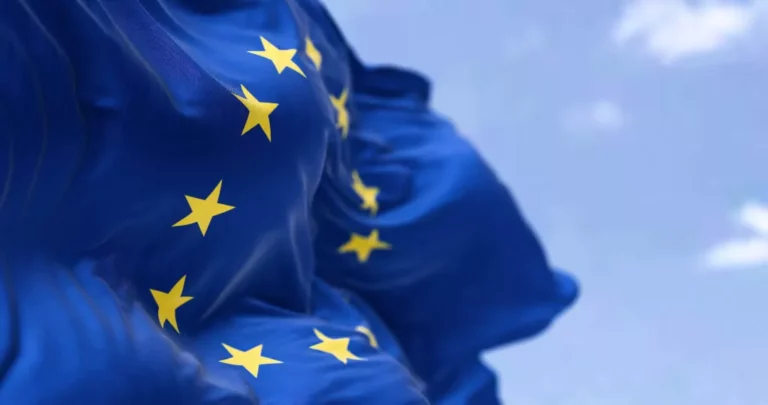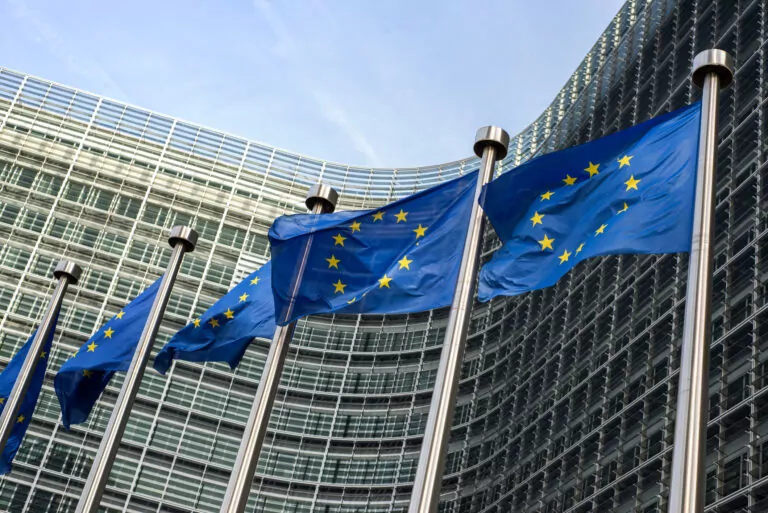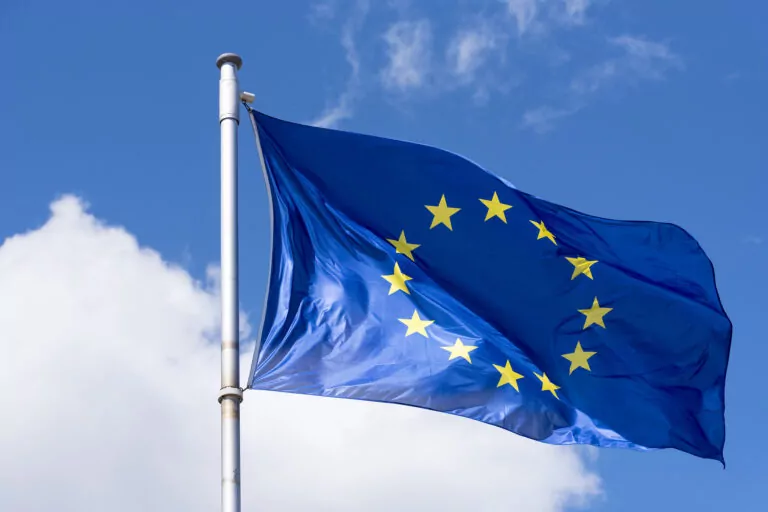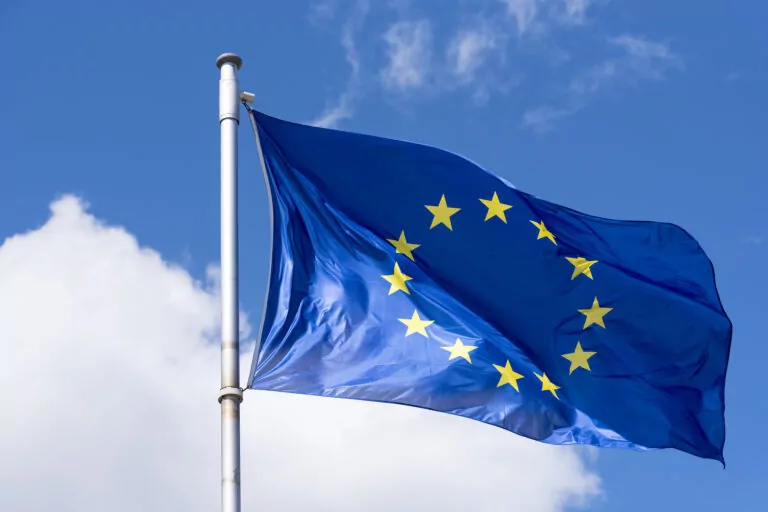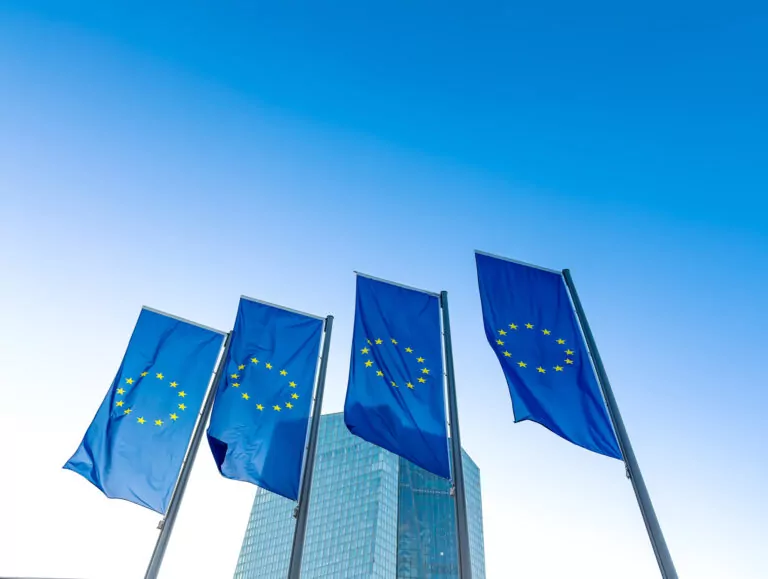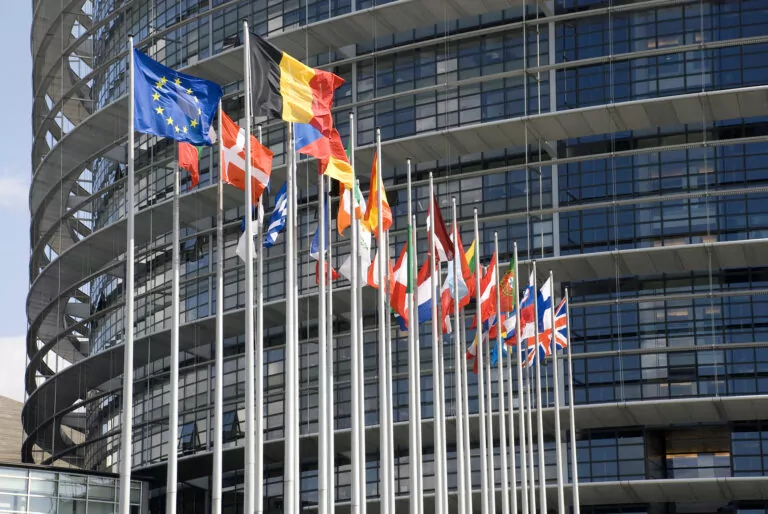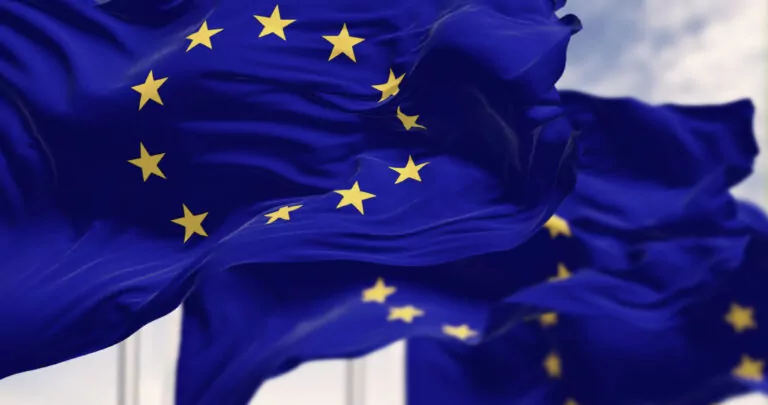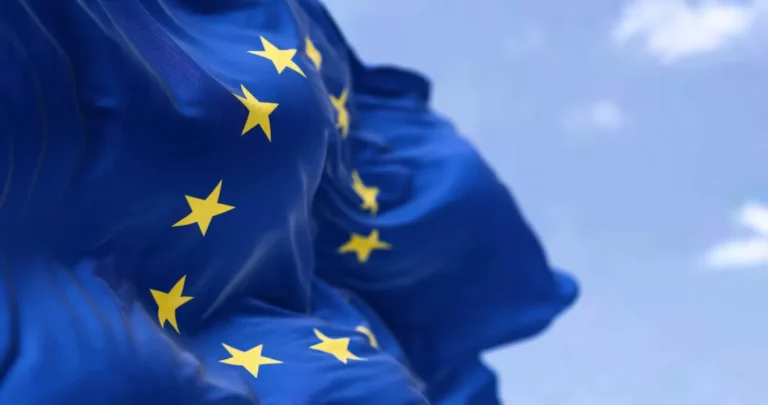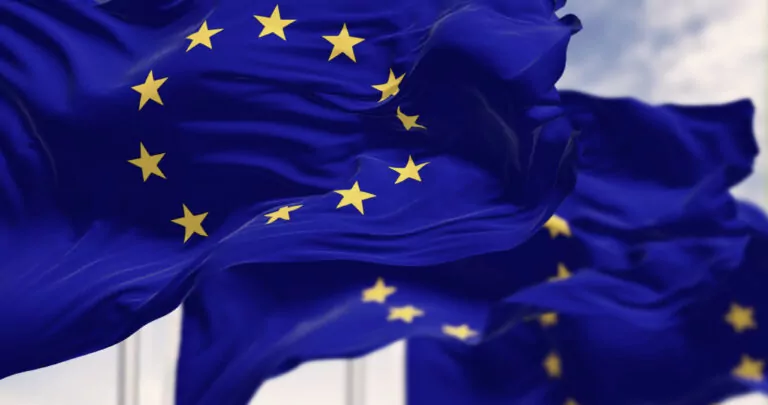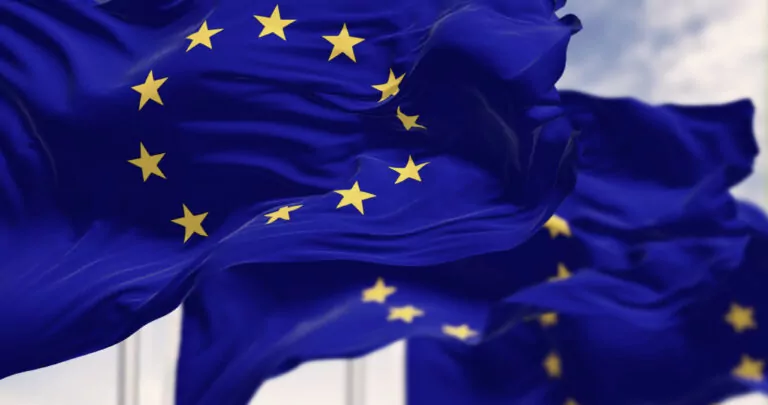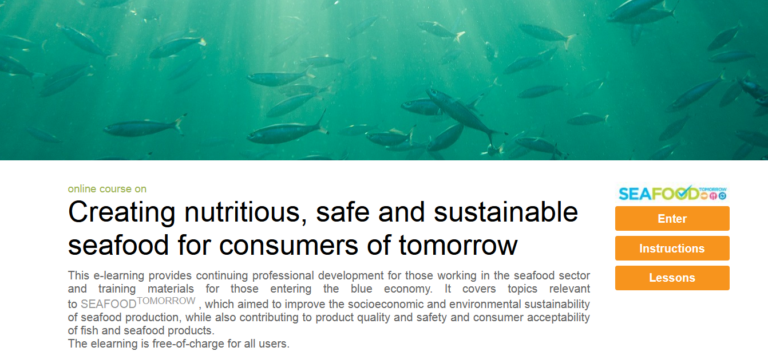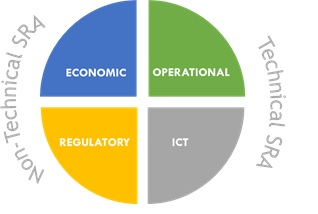Add to favorites:
Share:
Expected Outcome
Successful proposals will contribute to EU Initiative on Biotech and Biomanufacturing, the EU Bioeconomy Strategy and its action plan, as well as the Zero Pollution Action Plan, the implementation of the EU strategy for a Sustainable Blue Economy and address the EC Communication ‘Towards a Strong and Sustainable EU Algae Sector’. Significant contribution is also expected to the objectives of the Mission "Restore our Ocean and Waters by 2030" in particular to Objective 3: "Make the blue economy carbon-neutral and circular".
Projects results are expected to contribute to the following expected outcomes:
- Proven industrial scalability potential of sustainable cultivation, pretreatment and valorisation options for macroalgae species.[1]
- Novel bio-based product(s) and viable business opportunities for bio-based applications from cultivated macroalgae.
- Socio-economic benefits with demonstrated potential for job creation and/or preservation (e.g. in case of declining blue economy professions).
- Demonstrated environmental sustainability, encompassing biodiversity and water quality preservation and/or enhancement, and, when applicable, restoration.
Scope
Whether exploiting its biomass or genetic potential, the aquatic environment may play a major role in a sustainable bioeconomy. It may help reduce pressure on land and contribute in a sustainable and more diverse manner with the supply of sustainable biomass for food, feed and other industry applications. Design and engineering principles for marine biorefining are less developed compared to biorefineries for terrestrial crops. The development of sustainable, stable and scalable cultivation technologies, as well as addressing sustainable and cost-efficient harvesting, product extraction and biorefinery processes, represent the main challenges of algal biotechnology for production of high-value or bulk products. At the same time, care must be taken to avoid any detrimental effect on marine ecosystems and biodiversity from macroalgae cultivation (especially when carried out in open environments), even contributing to their regeneration.
Proposals under this topic should:
- Select and optimise macroalgal feedstock[2] (both naturally occurring and modified varieties are in scope), focusing on applications with high market potential. Capitalise on existing data, infrastructures, and knowledge. In line with the EU Algae Initiative, harvesting macroalgae from the wild is excluded, as the topic focuses on cultivation.
- Demonstrate cultivation in suitable and scalable sustainable systems, aiming at high biomass yield, optimised production parameters (e.g. light, O2, CO2, nutrients, pH, temperature, seasonal variations). Cultivation in open environment and/or in closed systems are both in scope. Multitrophic and mixed cultivation approaches (e.g. multiple algae species, algae and fish/shellfish farming etc) are also in scope, as well as algae-mediated remediation and the use of nature-based solutions.
- Demonstrate further sustainable biomass processing and conversion steps into added value bio-based product(s).
- Maximize the resource / energy efficiency across the value chain. Integration with renewable energy sources can be considered.
In addition to the specific requirements applicable for the type of action, as described in section 2.2.3.1 of the CBE JU Annual Work Programme 2025[3], proposals under this topic should:
- Ensure environmental safety and avoidance of environmental risks, including monitoring and mitigation measures during the project. In particular, the environmental assessment must also include aspects such as biodiversity protection and possible enhancement, avoidance of invasiveness, and toxicity, carbon sequestration and nutrients loads.
- Include a task to assess public perception and acceptance of the demonstrated value chains, related, e.g. to (potential) impact of large-scale macroalgae production on land and marine ecosystems.
- As part of the Multi-Actor Approach (MAA), include relevant local/regional authorities, to address coastal governance aspects, as well as end-users and consumers, when targeting B2C products.
- Ensure complementarities with past and ongoing R&I projects addressing similar challenges, including projects funded under Horizon 2020 / Horizon Europe and BBI JU / CBE JU projects.[4]
- Establish synergies with the European Algae Stakeholder Platform (EU4Algae) and capitalise on its EU Algae projects database.
[1] EU-native species in open environments, while non-native species may be supported in closed systems
[2] Within this topic, macroalgae, seaweed and marine plants, such as seagrass, are in scope.
[3] https://www.cbe.europa.eu/reference-documents
[4] For example, BBI/CBE projects ALEHOOP, BIOSEA, MACRO CASCADE, PROTEUS, PROMISEANG and Horizon Europe projects AlgaePro BANOS, LOCALITY - The list is not exhaustive.
Partner Requests
Explore Real Collaboration Opportunities
🔍 As a logged-in member, you now have exclusive access to all active Partner Requests for this Funding Call.
See who’s looking for collaborators, explore exciting project ideas, and discover how others are planning to make an impact.
💡 Use these insights to get inspired—or take the next step and start a request of your own (3 entries for free).
Log in or registrate here for free.
You must be logged in to submit or manage a partner request.
Ask our experts about this call
Connect with the Listing Owner!
💬 Please log in now to send a direct message to our experts and ask your questions. Not a member yet? Sign up for free and start connecting today!
Related Funding and Finance Opportunities
Unlock Exclusive Funding Opportunities!
🔑 Get instant access to tailored funding opportunities that perfectly match your needs. This powerful feature is exclusively available to our premium members—helping you save time, stay ahead of the competition, and secure the right funding faster.
Upgrade to Premium now and never miss an important opportunity again! Already a premium member? Log in here to explore your matches.
Related Innovation Offers
Related Knowledgebase Resources
Discover More with Premium: Related Knowledge Resources
🔒 You’re missing out on expert-curated knowledge specifically matched to this topic. As a Premium member, you gain exclusive access to in-depth articles, guides, and insights that help you make smarter decisions, faster.
Whether you’re preparing a funding proposal, researching a new market, or just need reliable information—our Premium knowledge matches save you hours of research and point you directly to what matters.
Upgrade to Premium now and instantly unlock relevant knowledge tailored to your needs! Already a member? Log in here to view your personalized content.
Access Restricted
This funding opportunity is only fully available to premium members.

